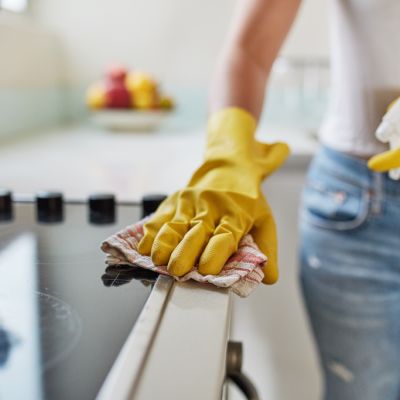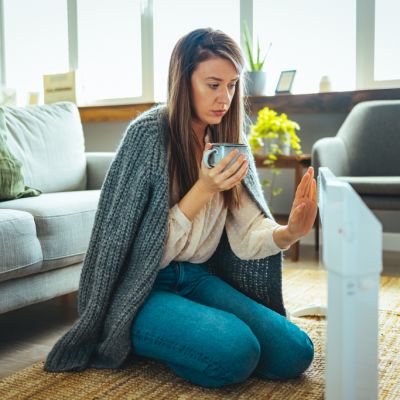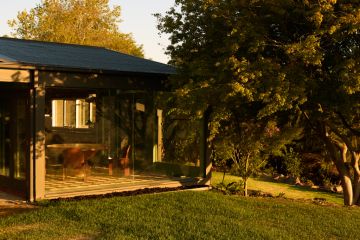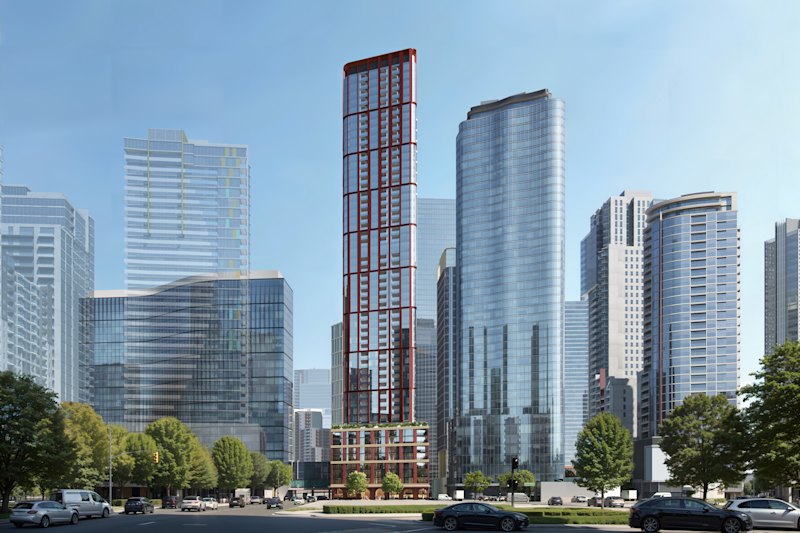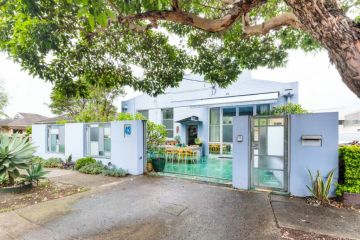Is sustainability 'the new luxury' in property features?
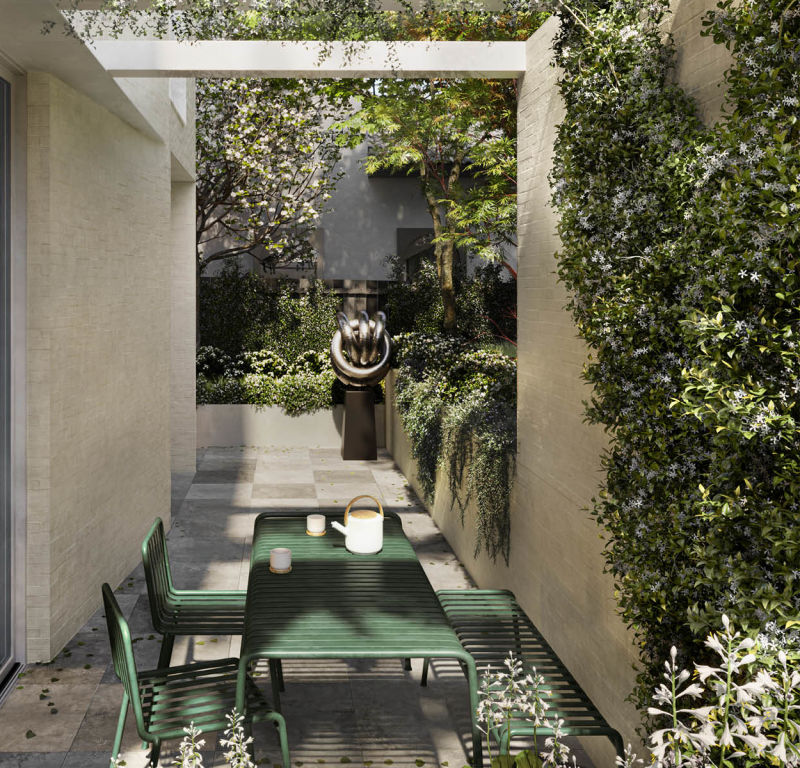
It’s been 12 years since Australia’s first zero-emission home was built in 2010 in Melbourne. Designed by CSIRO, the property was created in a bid to showcase how mass market housing could embrace green living.
At the time, the idea was seen as radical, but more than a decade later, sustainable living is no longer a fringe movement. According to the newly released Domain Sustainability in Property report, a staggering 90 per cent of Australians have engaged with the topic of sustainability.
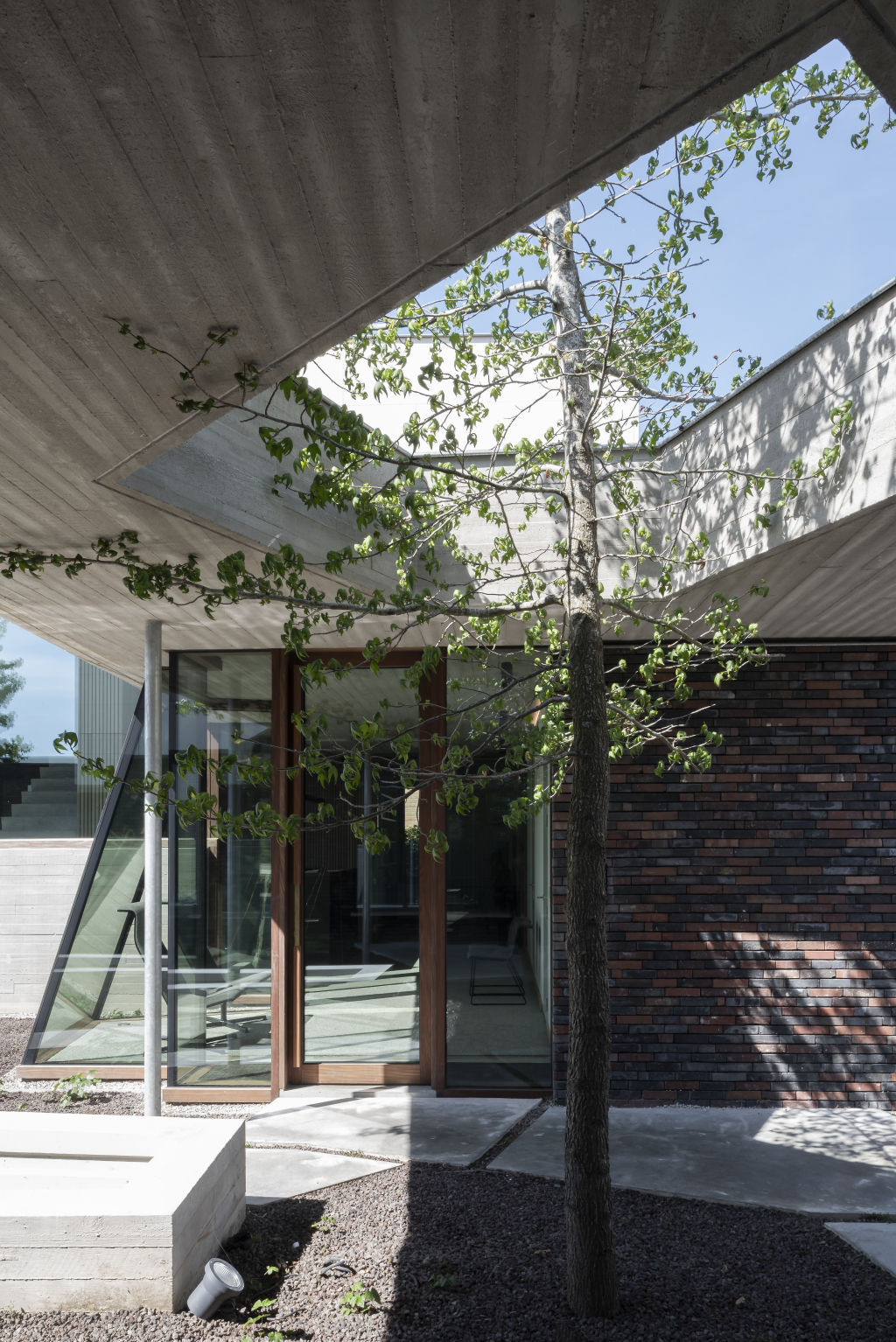
And sustainable style continues to permeate home design trends. Airy, light-filled spaces filled with natural materials and artisanal detail that are cosy in winter and cool in summer make a home both pro-planet and liveable.
“There is a growing sense that a life lived sustainably is a sophisticated one,” says architect Ben Caine from Leanhaus. “It’s in bad taste now to be seen inefficiently using the Earth’s resources. A carefully curated quality home built using sustainable products that is effortlessly comfy and low-energy is the new luxury.”
Pro-planet materials
Fundamental to a sustainable home is having the least possible negative impact on the environment. A well-sited home built from eco-friendly materials saves energy and has positive physical and psychological effects on its occupants.
“The more robust the building, the more mass it has, which means your home will enjoy lovely, consistent temperatures all year round,” says designer Sonia Simpfendorfer from Nexus Designs.
“It’s not good to be freezing inside on a sunny day, so properly assess your building materials.”
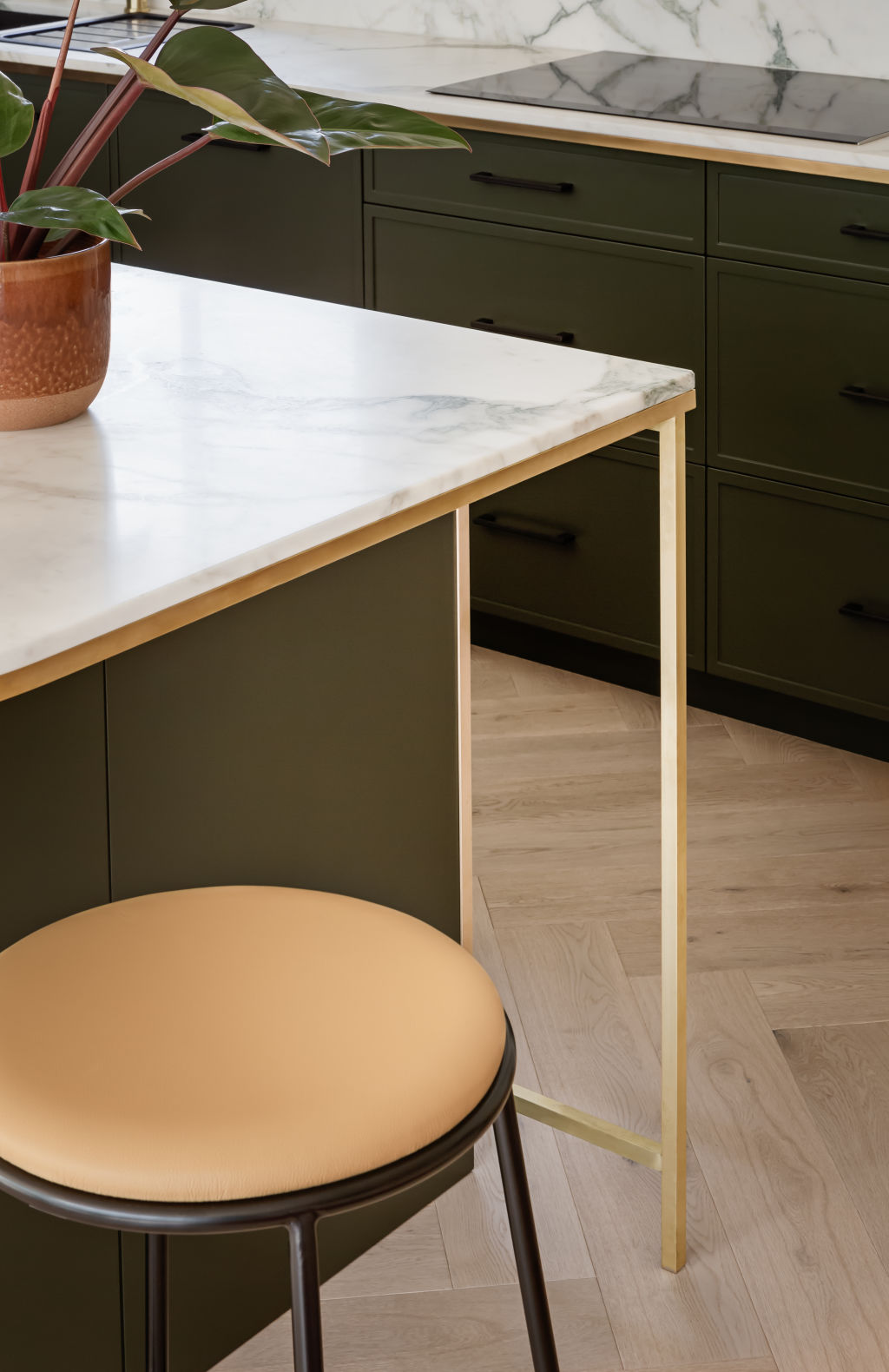
Look for materials that emit few to no toxins and have fewer harmful chemicals and pollutants.
Examples are rammed earth, recycled and reclaimed wood, natural stone, mud brick, sheep’s wool and cork. Hemp, hempcrete and bamboo fibre are also showing promise as sustainable building options.
High-performance features include skylights to draw in sunlight, and double-glazed windows to help absorb sound energy and limit hot and cold airflow. Team these with timber frames that retain heat better than metal versions and provide a buffer against outdoor noise.
A healthy home
Sustainability is about looking after the planet and taking care of your family. Create interior spaces using clean, non-toxic materials that support wellness and good health.
“Paint and engineered stone and floorboards release toxic chemicals into the air [known as off-gassing], so natural options are healthier,” Simpfendorfer says.
“Choose authentic stone over artificial, use low-toxic paints that contain reduced amounts of volatile organic compounds, and opt for wool carpet over synthetic,” she says.
“Think of building materials like food. You want them to be as close to their original form as possible. Natural is always better.”
The passive house
Our growing understanding of sustainability is revealing new and exciting ways to live green effectively.
A passive house delivers ultimate energy efficiency through inspired insulation, sunlight and an airtight exterior. Like a thermos bottle, it maintains its temperature naturally, sealing any potential leak points.
While a sustainable home is designed with an ecological focus and built using eco-friendly materials, the passive house ticks the rigorous performance-based boxes of the world’s leading energy-efficient construction standards.
It is the new Earth-friendly approach to living, and it’s coming soon to a neighbourhood near you.
Blazing a trail in Melbourne’s Hawthorn is Echo by C Street Projects and Neil Architecture, Australia’s first off-the-plan certified passive house project.
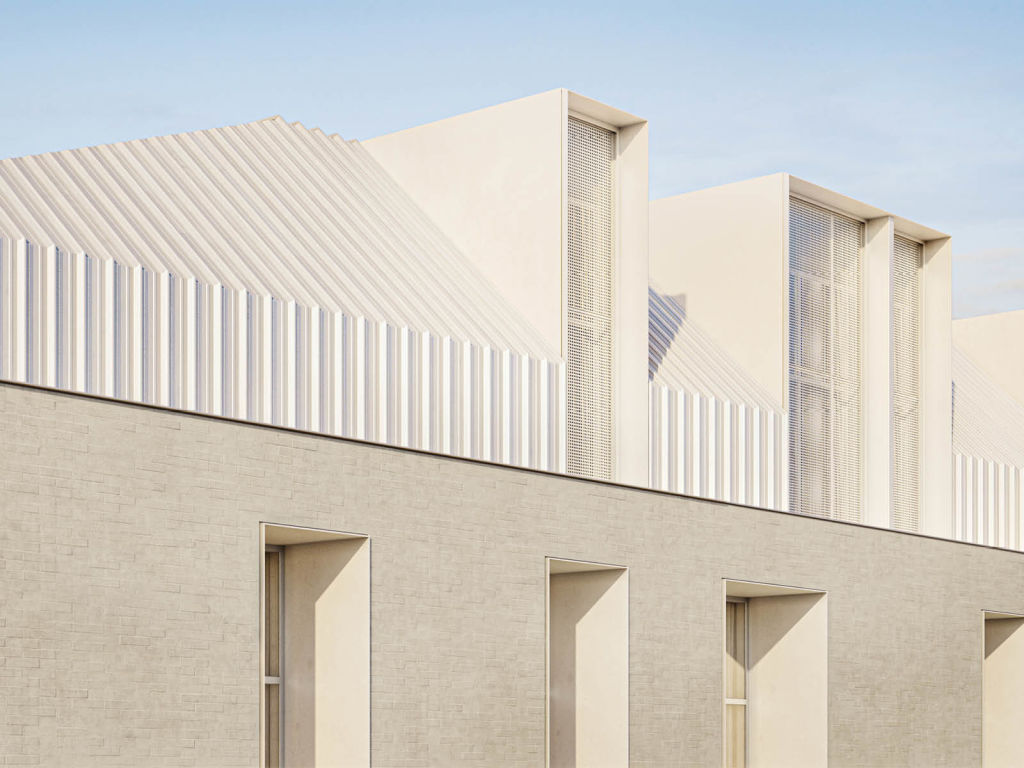
The eight north-facing townhouses target net-zero energy use by using sustainable building materials. They provide year-round thermal comfort, improved acoustics and sublime air quality by harnessing natural elements and conserving them.
“Researching the passive house has changed how we look at buildings and shifted our focus on what’s important in a building,” says Michael Robertson, development director at C Street Projects.
“It takes sustainability to the next level, focusing on good orientation, continuous thermal insulation, airtight structure and lower energy consumption.”
Robertson says Echo represents a “movement for change” in Australia.
“It is clear passive house principles are how the industry is moving globally over the next decade,” he says. “The passive house is the pathway to a net-zero position, and once you experience its benefits, you don’t look back.”
Similarly in Western Sydney, The Fairwater development by Frasers Property is the first 6 Star Green Star community in NSW.
Located close to Blacktown CBD, it comprises about 830 houses and apartments, all of which are designed to be as energy-efficient as possible.
The development also boasts the largest use of geothermal technology in the southern hemisphere.
The path forward
With change comes considerable strides for our nation, says certified passive house designer Seamus Ryan.
“In new developments, energy sharing is emerging, allowing communities to benefit from combining and sharing renewable energy,” he says.
“With solar power widely available, the next step is battery storage becoming more affordable and viable.
“Our clients are seeing the benefits of spending extra on good-quality building products and insulation that make a home perform all year round and minimise energy bills.”
And in terms of return on investment when it comes to selling a low-emissions home – as the Domain Sustainability in Property report reveals – in Australia, houses and units that have energy-efficient features sell at a higher price than those without; $125,000 more for houses and $72,750 for units.
Australian banks, including CommBank and Bank Australia, are following the lead of those in Europe, offering green home loans that reward borrowers for buying, building or renovating a property to make it sustainable.
Ryan says it’s a significant step in the right direction, adding that “lower interest rates, paired with lowering operating costs, will offset the initial investment of sustainable building products and design services in the future”.
More than ever, building a sustainable home requires considered research and awareness.
“Sitting down with an architect to discuss sustainable building products and design informs your decisions,” Ryan says.
“The intention is there, but actioning it and following through is the area we now need to work on.”
We recommend
States
Capital Cities
Capital Cities - Rentals
Popular Areas
Allhomes
More
